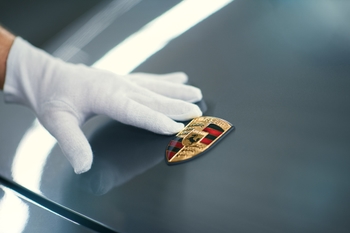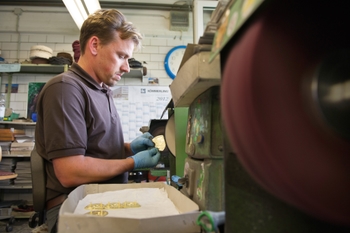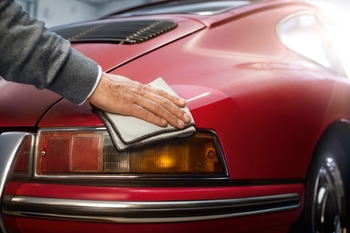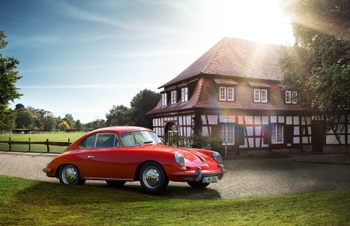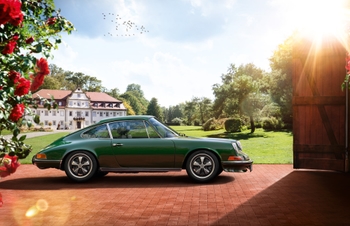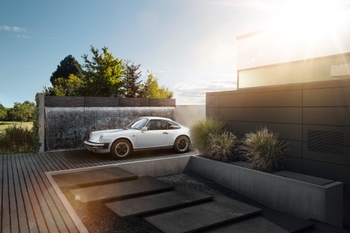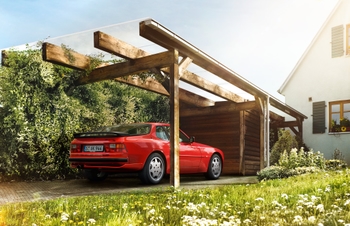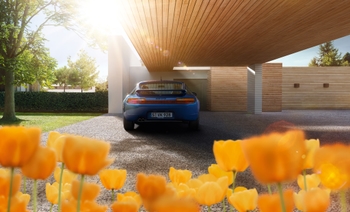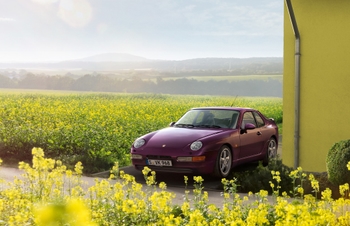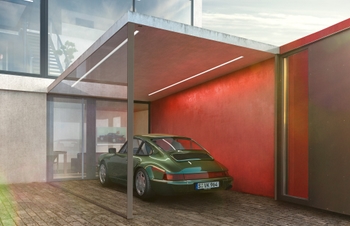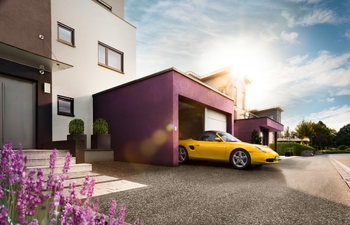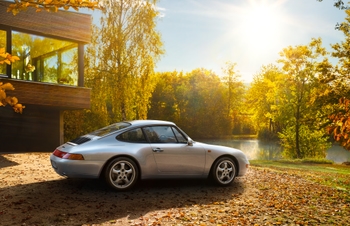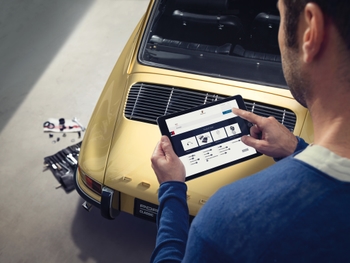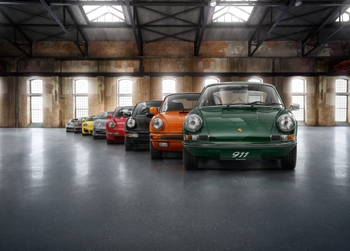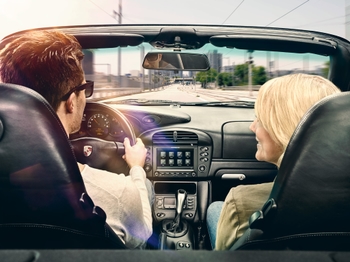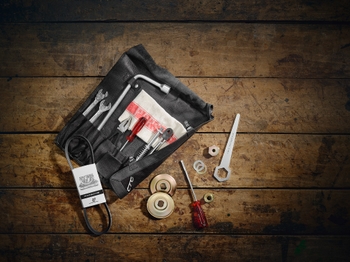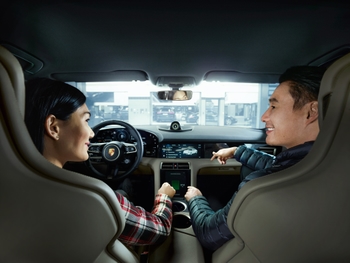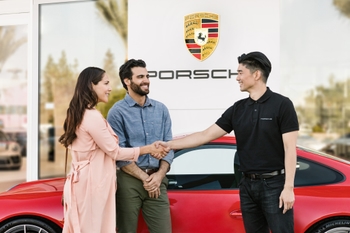
Porsche Classic has an objective: the maintenance and care of legendary Porsche vehicles, such as the 356, 914, 959 and 911 up to and including type 996, as well as the four- and eight-cylinder 924, 928, 944 and 968 series. The Boxster, type 986, the Carrera GT super sports car and the first-generation Cayenne are also supported.
More than 70 percent of all Porsche vehicles ever built are still on the road today. Why? Because of Porsche Classic Partners like Porsche Centre Winnipeg. We are highly committed to prolonging the service life of your classic Porsche.
As your Porsche Classic Partner, we have experts who combine service and advice with the relevant expertise and enthusiasm. To guarantee the best possible standards of maintenance and repair, every Porsche Classic Partner has specialist knowledge combined with the required special tools and model-specific technical literature.
How do we treat your vehicle in this process? As if it were our own. Always.
We strive to achieve this using our knowledge from decades of working with Porsche Classics. That’s why you can trust us with the service, repair, and restoration of Porsche standard-production vehicles. For this, we use original special tools—such as body frame gauges—as well as all technical documents and the historic archive. And, of course, the many decades of professional experience of our Porsche Classic experts.
In a nutshell: your classic Porsche is in the very best hands with us.
By producing and supplying more than 60,000 Porsche Classic Genuine Parts, we are ensuring that these legends will be on the road for a long time to come.
We create genuine parts by using original drawings, detailed descriptions, an extensive warehouse of sample parts, and the expertise of our employees. Each individual part meets the highest requirements: Porsche requirements.
We also continually scrutinize, update, and expand our stock of parts. This enables us to fill any gaps in the spare parts range and look after more and more models.













